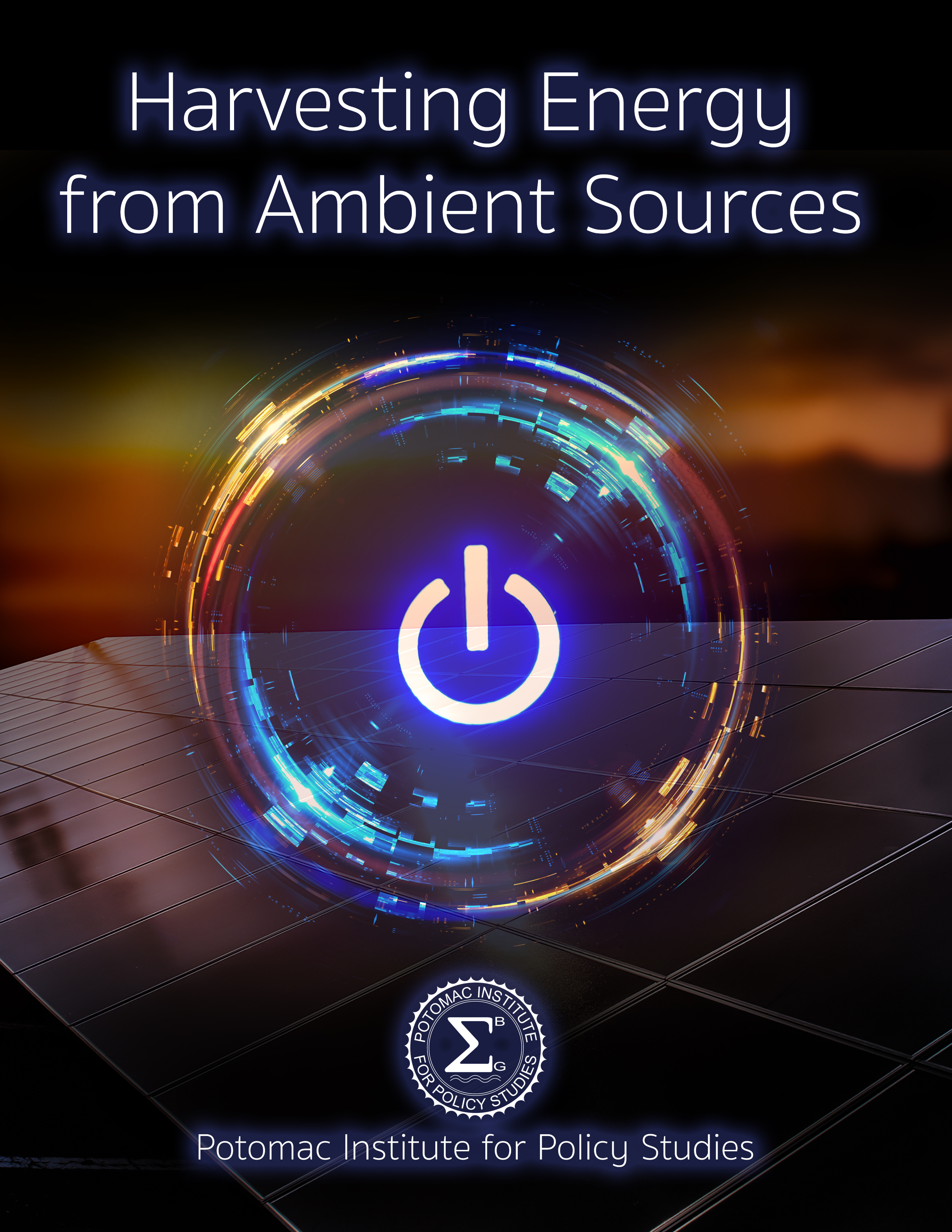 Stand-alone sensors located in remote or hard- to-reach areas are becoming increasingly common and are critical components of early-warning systems that detect building and bridge stresses, air pollution, forest fires, pending landslides, worn bearings, and airframe vibrations. These sensors combine in the thousands to serve as low power wireless sensor networks that are at the heart of numerous industrial, medical, and commercial applications. As the size of these systems continues to decrease, on-board energy storage space decreases and device lifetimes shorten. Batteries with improved energy densities are an ongoing research goal, but the amount of energy available is finite and low, limiting the system’s life span. Furthermore, conducting battery maintenance on such a large-scale network would be extremely expensive and arduous.
Stand-alone sensors located in remote or hard- to-reach areas are becoming increasingly common and are critical components of early-warning systems that detect building and bridge stresses, air pollution, forest fires, pending landslides, worn bearings, and airframe vibrations. These sensors combine in the thousands to serve as low power wireless sensor networks that are at the heart of numerous industrial, medical, and commercial applications. As the size of these systems continues to decrease, on-board energy storage space decreases and device lifetimes shorten. Batteries with improved energy densities are an ongoing research goal, but the amount of energy available is finite and low, limiting the system’s life span. Furthermore, conducting battery maintenance on such a large-scale network would be extremely expensive and arduous.
Ambient energy harvesting technologies would eliminate the need to run expensive power cables to remote locations or replace expensive primary batteries. Energy harvesting technology captures and converts the small amounts of readily-available energy in the environment into usable electrical energy. Sensors relying on energy harvesting would offer unlimited operating lifetimes with little maintenance requirements. Such technology would enable monitoring and control at remote locations, especially in sensitive ecological settings. Energy harvesting can also be scaled to support larger systems, such as building lighting, medical devices and equipment, and even satellites.
The core component of all energy harvesting devices is the transducer/harvester, which collects and converts energy from the source into electrical energy. Currently, the main energy sources being explored and utilized are:
• Solar energy: Energy from sunlight
• Mechanical energy: Energy from vibration and mechanical stress/strain
• Thermal energy: Energy from furnaces, heaters, friction sources, and body heat
• Radio frequency (RF) energy: Energy from wireless and broadcast networks like WiFi, 2G, 3G, 4G and Digital TV.
view the report here
